In the realm of precision tooling, the selection of a suitable dry diamond squaring wheel is pivotal. This choice not only influences the quality of the finish but also impacts the operational efficiency and lifespan of the equipment. Given the variety of available options, each characterized by different specifications and intended applications, it becomes crucial to dissect these features in relation to your specific needs. Whether you are refining edges for aesthetic purposes or preparing surfaces for further processing, understanding the nuances of each type will guide you towards a decision that could significantly affect the outcome of your projects. What then should be the primary considerations to keep in mind when evaluating these tools?
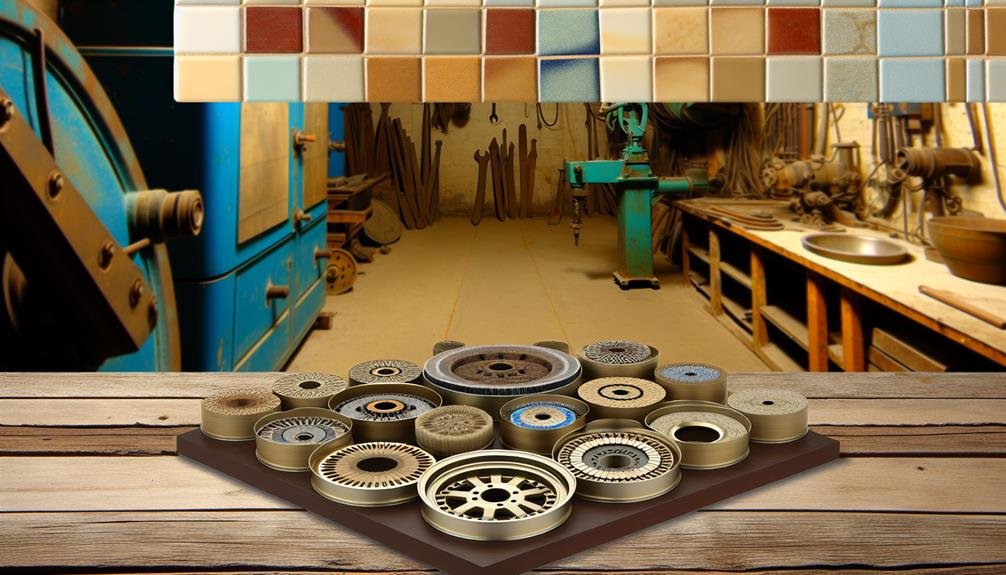
Diamond squaring wheels are specialized tools designed for precise grinding and shaping of the edges of ceramic tiles and other hard materials. The effectiveness of these tools lies in their construction; the diamond wheel composition includes industrial diamonds embedded in a metallic matrix. This unique structure ensures the wheels maintain their abrasive properties and can tackle the high demands of squaring operations. The hardness of diamonds allows the wheels to deliver a high-quality finish while ensuring durability and efficiency in material removal.
Squaring wheel applications extend beyond just ceramics. These tools are also indispensable in the manufacturing and finishing of granite, marble, and engineered stone, providing the necessary precision for creating uniform, sharp edges. For industries focused on high-end building materials and decorative stonework, diamond squaring wheels offer a controlled solution to maintain consistency and quality in product finishes.
Their application is crucial in ensuring that the dimensions and angles of each material are perfectly squared, which is essential for the subsequent processes like polishing or further fabrication. This precision ultimately contributes to the aesthetic and structural integrity of the final installations, affirming the control desired by professionals in such specialized applications.
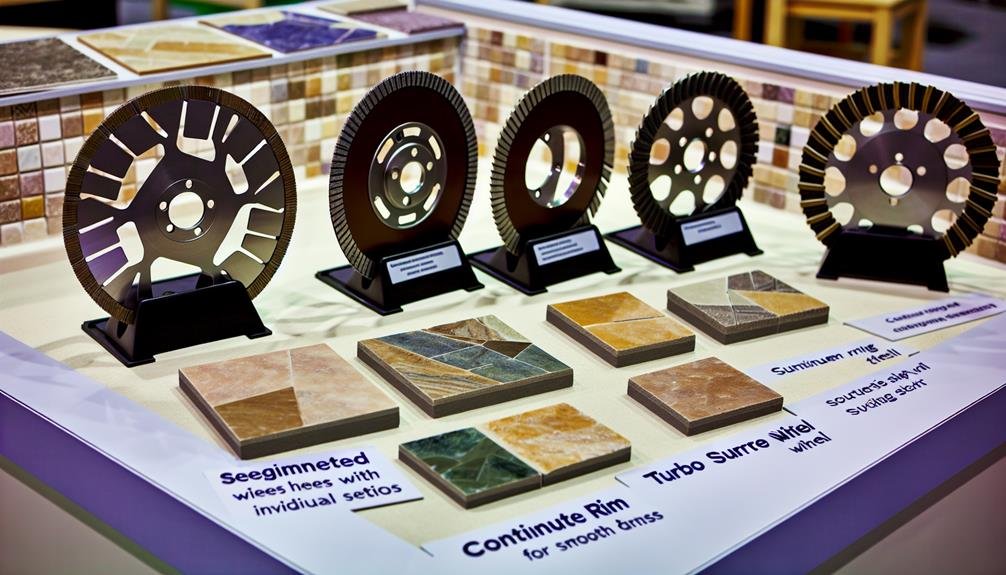
Having discussed the role and structure of diamond squaring wheels, we now turn our attention to the various types available on the market.
When selecting a diamond squaring wheel, understanding the different wheel material options and their recommended applications is crucial for achieving optimal performance and durability.
Firstly, the choice of wheel material significantly influences the cutting characteristics. Common materials include synthetic diamond crystals bonded with metal or resin. Metal-bonded wheels offer robustness and are suited for rigorous applications like shaping hard, dense tiles, whereas resin-bonded wheels provide a smoother finish and are typically used for finer, more precise squaring operations.
Moreover, the type of diamond used also affects performance. For instance, natural diamond wheels are often preferred for their longevity and superior abrasion resistance, making them ideal for high-volume production environments. Conversely, synthetic diamond wheels are more cost-effective and provide consistency in quality, suitable for both professional and occasional use.
Each type of wheel is designed with specific recommended applications in mind, ensuring that users can select a wheel that best suits their operational needs. This tailored approach not only enhances efficiency but also extends the lifespan of the squaring wheel, ensuring cost-effectiveness and high-quality results in tile finishing processes.
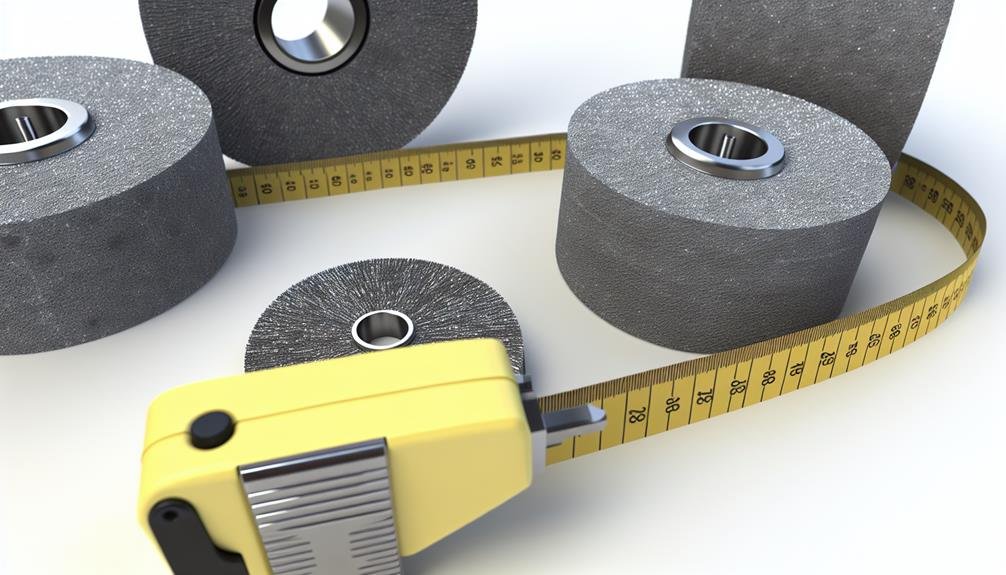
When selecting a dry diamond squaring wheel, it is essential to consider both the size of the wheel and the grit level to ensure optimal performance and desired results. The wheel diameter directly influences the cutting depth and overall control during the squaring process. A larger diameter is ideal for deeper cuts, while a smaller diameter provides more precision for finer work.
Similarly, grit size determines the finish quality on the material. Finer grits yield a smoother finish, whereas coarser grits are better suited for rapid material removal.
Consider the following to visualize the impact of these choices:
Selecting the appropriate wheel diameter and grit size empowers users to handle diverse materials and tasks with confidence, ensuring both efficiency and excellence in their craftsmanship.
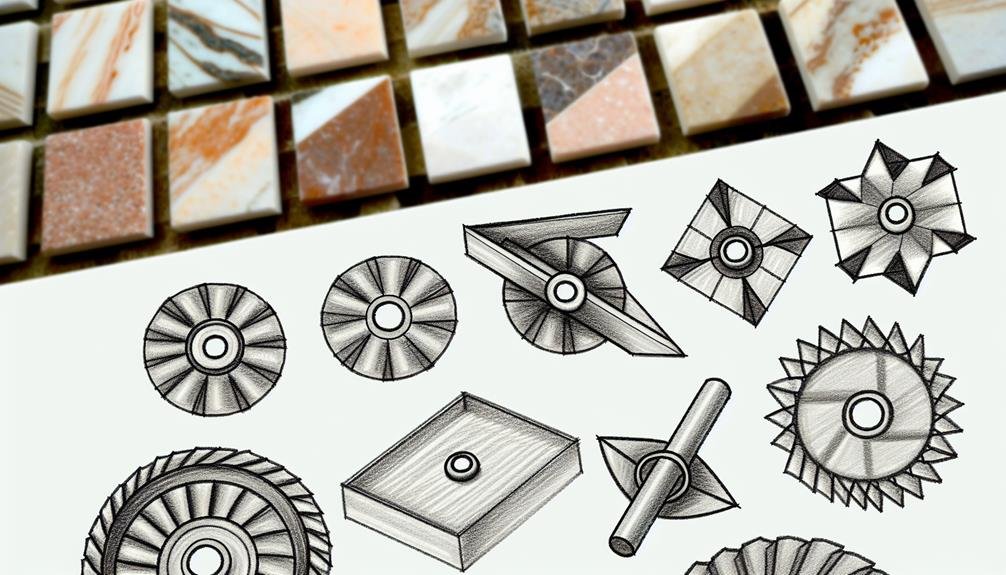
In addition to size and grit, the performance of a dry diamond squaring wheel heavily relies on specific features, such as cutting speed and heat dissipation capabilities. These factors are crucial in determining how effectively and efficiently the wheel can accomplish its task without compromising the quality of the output or the integrity of the material being worked on.
Material compatibility is a paramount consideration. A wheel that is not suited to the material it is intended to cut can lead to subpar results and may even damage the tool or the material. It is essential to choose a wheel that matches the hardness and abrasiveness of the material, ensuring a clean and precise cut. This compatibility directly influences the wheel's lifespan and the smoothness of the final product.
Speed efficiency also plays a vital role. A wheel that operates at an optimal speed will maximize productivity by minimizing the time required for squaring, without overheating.
Advanced heat dissipation features are beneficial as they prevent the wheel from losing its efficacy due to high temperatures, thus maintaining consistent performance throughout its usage. Selecting a wheel with excellent speed efficiency and heat management ensures superior control and results in every application.
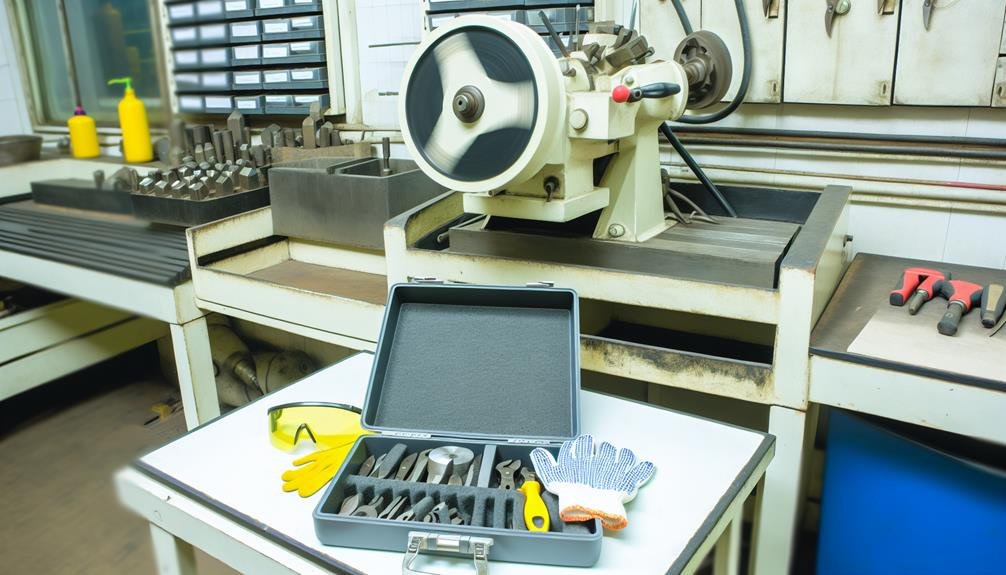
Proper maintenance and adherence to safety guidelines are essential for extending the lifespan and ensuring the safe operation of dry diamond squaring wheels. Following structured safety precautions and implementing effective wheel storage tips can significantly reduce the risk of accidents and enhance the performance of your equipment.
Adhering to these guidelines not only empowers you to take control of the operational integrity of your equipment but also ensures a safer working environment. Remember, the key to mastery in using dry diamond squaring wheels lies in the meticulous care and preventive practices you apply.

Evaluating the leading dry diamond squaring wheels, several products stand out due to their superior performance and reliability. In our brand comparison, the Black Diamond XtremePro and the PrecisionMaster 3000 emerge as top contenders.
User feedback highlights the XtremePro for its exceptional durability and speed in squaring tiles, with many users noting its ability to maintain sharpness over extended periods. Conversely, the PrecisionMaster 3000 is lauded for its precision and ease of use, particularly among professionals who demand meticulous results.
Price range and durability factors are critical in guiding the purchase decision for these tools. The XtremePro, positioned in the higher price spectrum, justifies its cost through a robust design that withstands heavy usage, making it an ideal choice for industrial applications. The PrecisionMaster 3000, while slightly more affordable, offers a compelling value proposition with its durable build and consistent performance.
Both wheels have been rigorously tested under various conditions to ensure they meet the standards expected by our audience. By choosing either of these models, users can confidently control their work outcomes, achieving professional-grade results in their squaring projects. Consider these options to enhance efficiency and precision in your toolset.
Dry diamond squaring wheels, primarily designed for dry applications, can technically be used on wet surfaces. However, doing so may reduce efficiency and tool life compared to wheels specifically designed for wet applications.
Yes, there are eco-friendly options for diamond squaring wheels, featuring sustainable manufacturing practices. Approximately 20% of manufacturers now use recycled materials and energy-efficient processes to lessen environmental impact and appeal to conscientious consumers.
Temperature impact is crucial in the performance evaluation of diamond squaring wheels. Higher temperatures can cause premature wear and potential failure, emphasizing the need for temperature management to maintain optimal cutting efficiency.
"One size does not fit all" when considering material compatibility and wheel versatility. Different materials require specific wheels to ensure optimal performance and control, preventing damage and enhancing efficiency in operations.
The average lifespan of a diamond squaring wheel largely depends on proper maintenance and usage. Lifespan expectations can vary, but with careful handling, users can maximize the efficiency and longevity of the wheel.
In conclusion, the judicious selection of a dry diamond squaring wheel is imperative for achieving meticulous and refined results in the art of squaring. By carefully considering the wheel's size, grit, and performance attributes, artisans ensure that each pass of the wheel transcends mere cutting, reaching into the realm of crafting precision.
Adhering to recommended maintenance and safety protocols enhances the longevity and efficacy of this indispensable tool, thereby safeguarding the enduring artistry of one's work.
